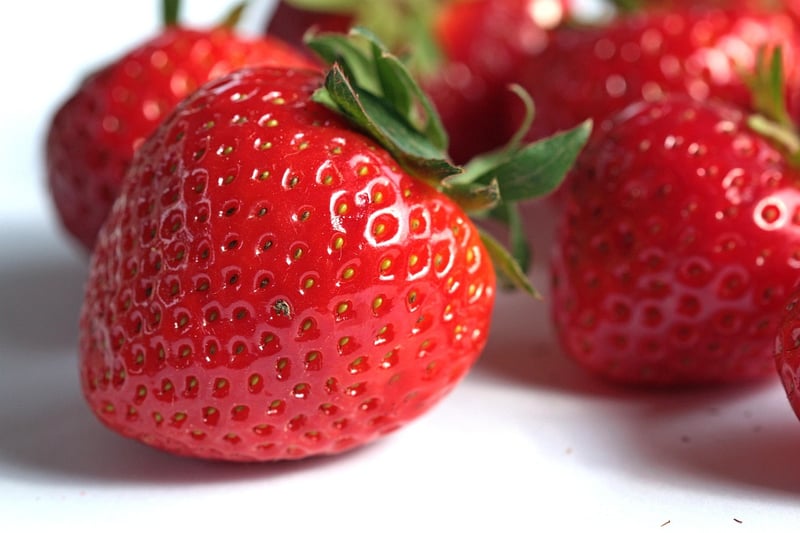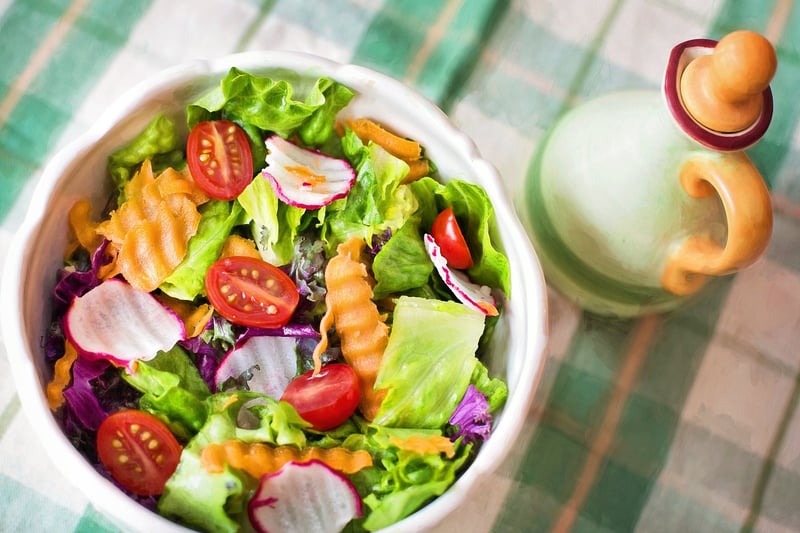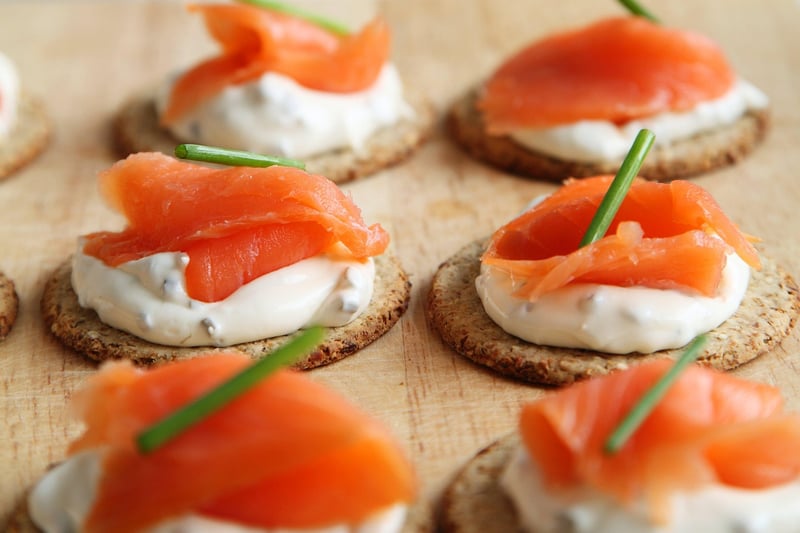Nutrient-Rich Foods
Guidance for Balanced Eating and Nutrient-Rich Foods
Introduction
Eating a well-balanced diet that includes a variety of nutrient-rich foods is essential for maintaining good health and overall well-being. By choosing the right foods, you can ensure that your body gets the necessary vitamins, minerals, and other nutrients it needs to function optimally.
What is Balanced Eating?
Balanced eating involves consuming a mix of different food groups in appropriate proportions to meet your body's nutritional requirements. This typically includes fruits, vegetables, whole grains, lean proteins, and healthy fats.
Key Tips for Balanced Eating
- Fill half your plate with fruits and vegetables.
- Include whole grains like brown rice, quinoa, and whole wheat bread in your meals.
- Choose lean sources of protein such as poultry, fish, beans, and nuts.
- Incorporate healthy fats from sources like avocados, olive oil, and nuts.
- Limit intake of processed foods, sugary drinks, and excessive amounts of salt and sugar.
Nutrient-Rich Foods to Include
Here are some nutrient-rich foods that you should consider including in your diet:
1. Berries
Berries such as blueberries, strawberries, and raspberries are packed with antioxidants, vitamins, and fiber, making them a great addition to your diet.

2. Leafy Greens
Leafy greens like spinach, kale, and Swiss chard are rich in vitamins A, C, and K, as well as minerals like iron and calcium.

3. Nuts and Seeds
Nuts and seeds are excellent sources of healthy fats, protein, and fiber. Include almonds, walnuts, chia seeds, and flaxseeds in your diet.

4. Salmon
Salmon is a fatty fish rich in omega-3 fatty acids, which are beneficial for heart health. Aim to include fatty fish in your diet at least twice a week.

Conclusion
By following these guidelines for balanced eating and incorporating nutrient-rich foods into your meals, you can support your overall health and well-being. Remember, small changes in your diet can lead to significant improvements in how you look and feel.
